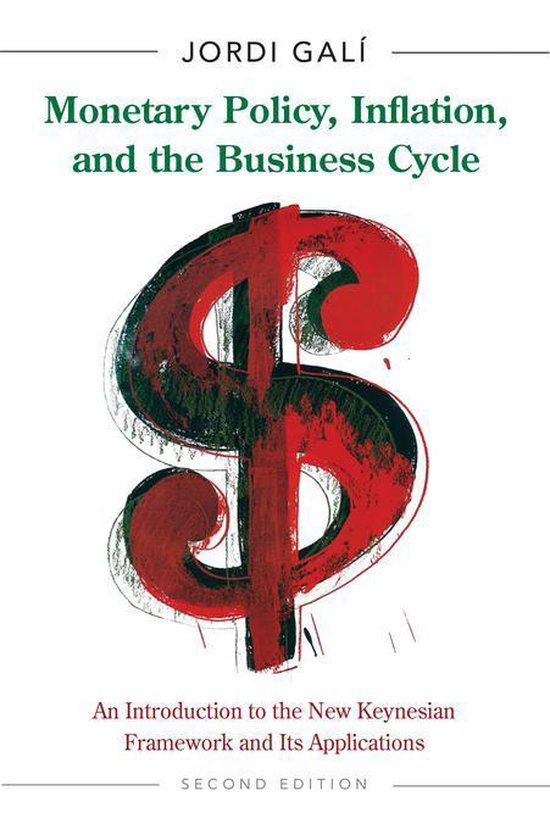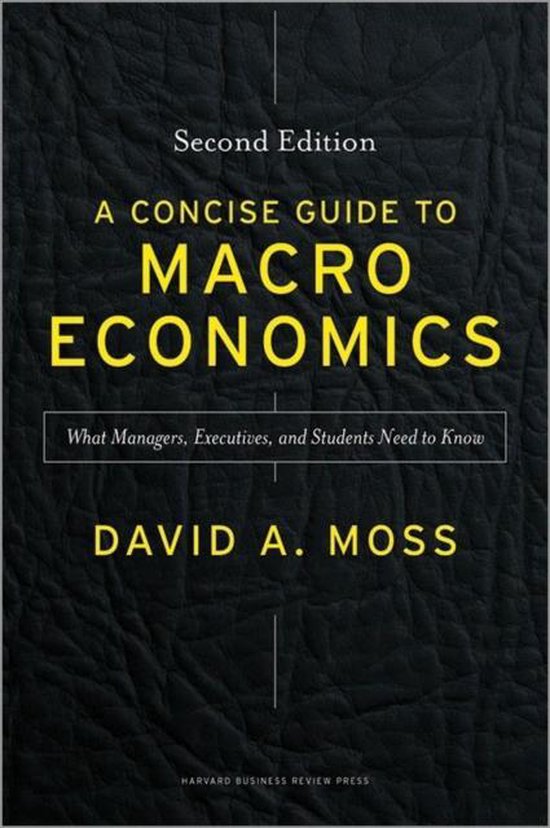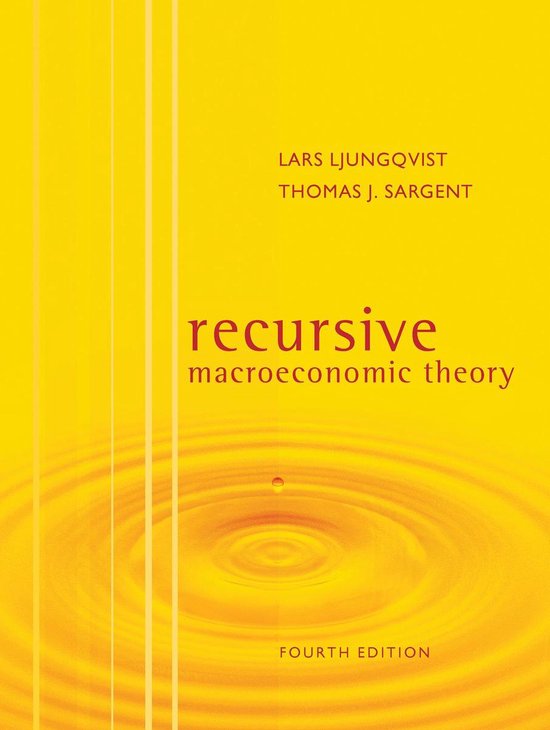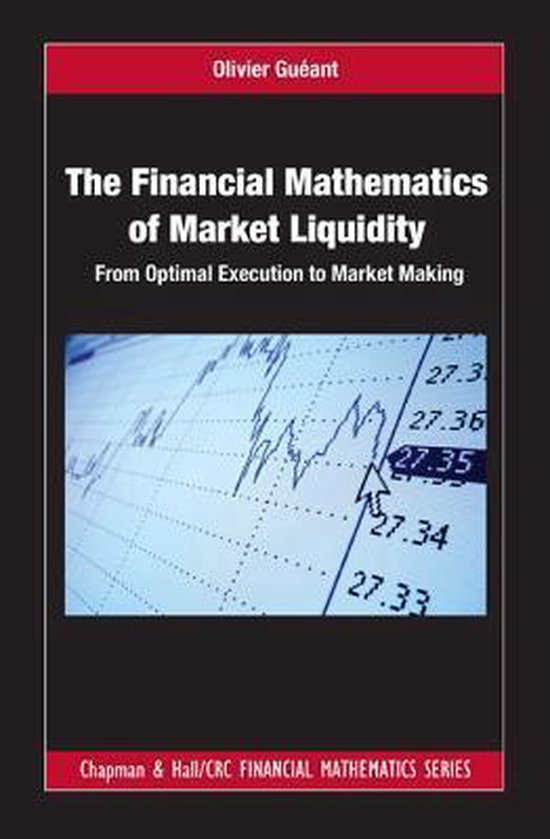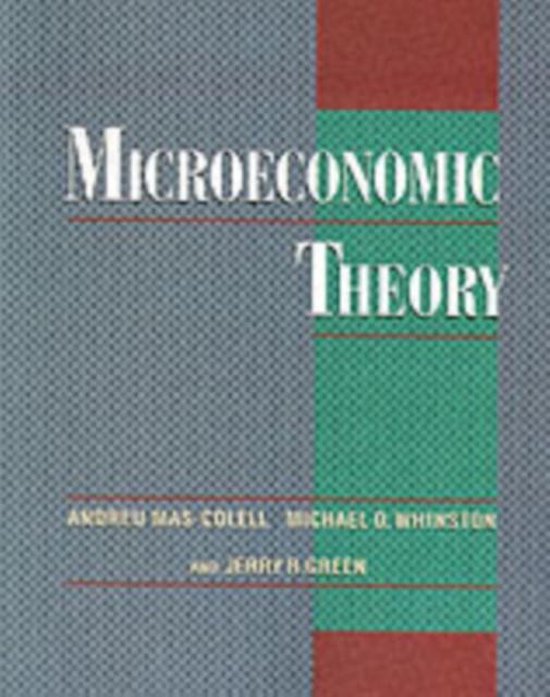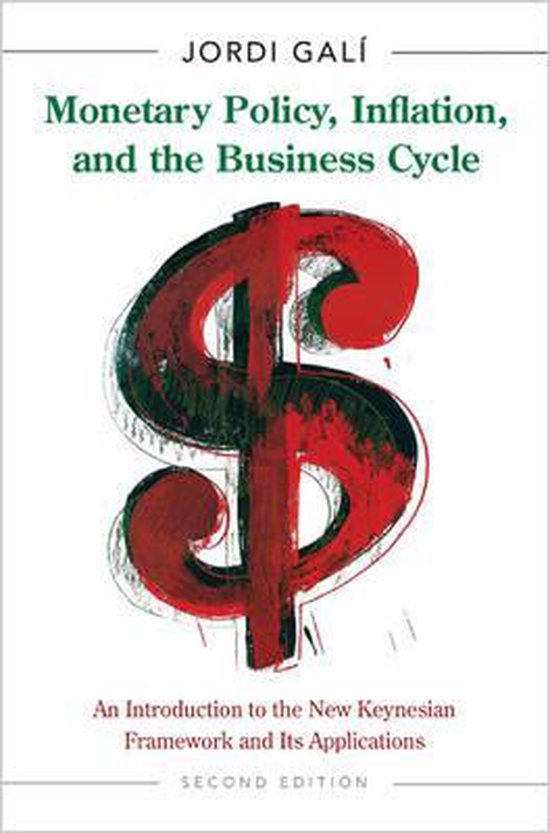
Monetary Policy, Inflation, and the Business Cycle
This revised second edition of Monetary Policy, Inflation, and the Business Cycle provides a rigorous graduate-level introduction to the New Keynesian framework and its applications to monetary policy. The New Keynesian framework is the workhorse for the analysis of monetary policy and its implications for inflation, economic fluctuations, and welf
This revised second edition of Monetary Policy, Inflation, and the Business Cycle provides a rigorous graduate-level introduction to the New Keynesian framework and its applications to monetary policy. The New Keynesian framework is the workhorse for the analysis of monetary policy and its implications for inflation, economic fluctuations, and welfare. A backbone of the new generation of medium-scale models under development at major central banks and international policy institutions, the framework provides the theoretical underpinnings for the price stability-oriented strategies adopted by most central banks in the industrialized world. Using a canonical version of the New Keynesian model as a reference, Jordi Gali explores various issues pertaining to monetary policy's design, including optimal monetary policy and the desirability of simple policy rules. He analyzes several extensions of the baseline model, allowing for cost-push shocks, nominal wage rigidities, and open economy factors. In each case, the effects on monetary policy are addressed, with emphasis on the desirability of inflation-targeting policies. New material includes the zero lower bound on nominal interest rates and an analysis of unemployment's significance for monetary policy. * The most up-to-date introduction to the New Keynesian framework available * A single benchmark model used throughout * New materials and exercises included* An ideal resource for graduate students, researchers, and market analysts
This revised second edition of Monetary Policy, Inflation, and the Business Cycle provides a rigorous graduate-level introduction to the New Keynesian framework and its applications to monetary policy. The New Keynesian framework is the workhorse for the analysis of monetary policy and its implications for inflation, economic fluctuations, and welfare. A backbone of the new generation of medium-scale models under development at major central banks and international policy institutions, the framework provides the theoretical underpinnings for the price stability-oriented strategies adopted by most central banks in the industrialized world. Using a canonical version of the New Keynesian model as a reference, Jordi Gali explores various issues pertaining to monetary policy's design, including optimal monetary policy and the desirability of simple policy rules. He analyzes several extensions of the baseline model, allowing for cost-push shocks, nominal wage rigidities, and open economy factors. In each case, the effects on monetary policy are addressed, with emphasis on the desirability of inflation-targeting policies. New material includes the zero lower bound on nominal interest rates and an analysis of unemployment's significance for monetary policy. * The most up-to-date introduction to the New Keynesian framework available * A single benchmark model used throughout * New materials and exercises included* An ideal resource for graduate students, researchers, and market analysts
| Auteur | | Jordi Galí |
| Taal | | Engels |
| Type | | Hardcover |
| Categorie | | Economie & Financiën |
